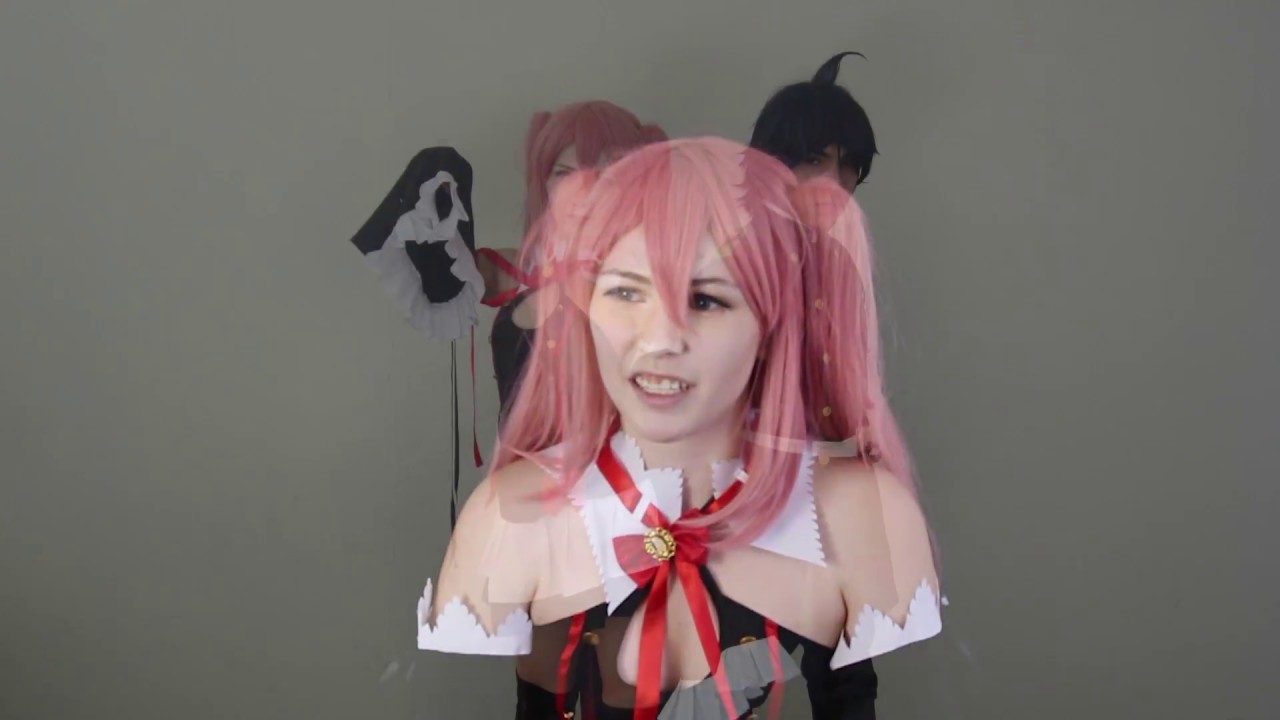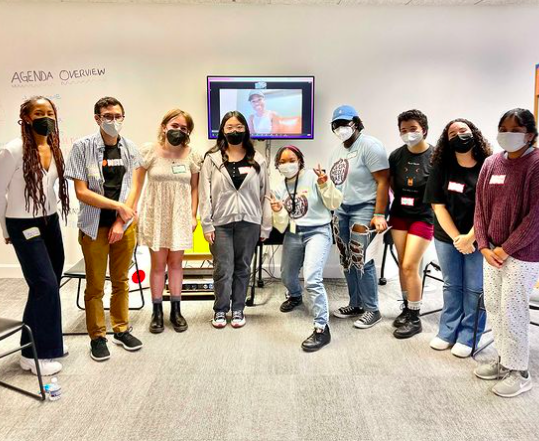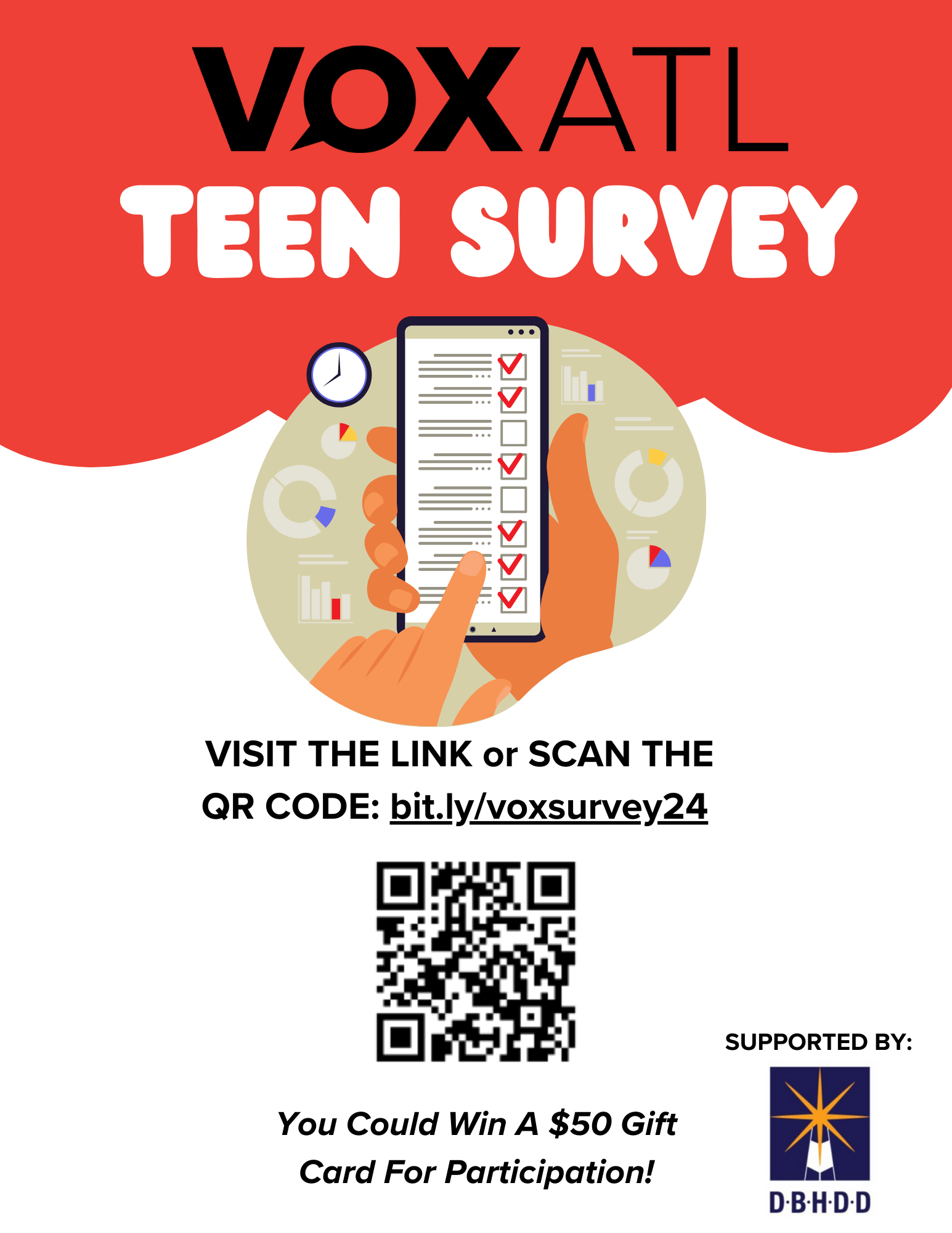“To me, Anime was my escape from reality,” explains Danielle Tharpe, an avid anime cosplayer and the former sponsor teacher for the Anime Club at Berkmar High school.
On November 7th, 2014, Disney released “Big Hero 6” which was heavily influenced by Japanese culture. The movie takes place in San Fransokyo, which resembles a more run-down Tokyo. The transportation system in the film resembles the train cars on the Yamanote Line located in Japan.
These references should not come as an amazement. Japanese animation, or anime, is an immense industry these days, even in the United States. Anime has received global appeal around the world, especially among young people. But it hasn’t always been this way.
East Asia animation was first introduced in the States in the late 1950s. The very first anime released in the United States was “Astro Boy.” It was unlike most other cartoons that were out at the time, and drew in a large crowd. Osamu Tezuka was the creator of Astro Boy and is revered as the “God of Manga.”
The first audience of anime was Asian-Americans and younger white men. But over the years, the demographics of anime have shifted dramatically. The audience has diversified significantly—there are more Hispanics and Europeans, rather just than Caucasian American fans.
Anime fans can be found all over the world, from France and the United States to Brazil and Ethiopia. These young people are brought together because of their fascination with manga and anime. These fans connect through cosplaying, anime conventions, manga, and indulging in the Japanese culture itself.
Every year, the Renaissance Waverly Hotel, Cobb Galleria Center, and the Sheraton Suites Galleria host the Anime Weekend in Atlanta. It is a four-day adventure that takes place in the fall.
Cosplaying is a primary way at various conventions to delve deeper into anime culture as a whole. Rather than being a fan of a character, people are now becoming these characters.They develop new relationships with those who admire the effort put into their work, and share the experience of building cosplays.
Fans want to have a better understanding of the shows they enjoy, so they study foods, geography, language, history, clothing, martial arts, contemporary pop culture, etiquette and any other part of the culture they fancy. Most anime fans prefer their anime with subtitles instead of being dubbed because it gives the viewers a closeness to the original material and has higher quality.
Right here in Georgia, we have a troupe of young cosplayers called Cospaganza. Through interviews with co-creators Nikki Mixon and Phaedra Holden, our VOX Media Cafe reporting team learned how the creation of this group helped create a sense of community among other anime fans.
American prominent icons have delivered abundant income streams. Pokémon, Dragonball Z and the ever-prevalent cutting edge series, “Power Rangers,” would not be here were it not for anime and the Japanese film industry.




